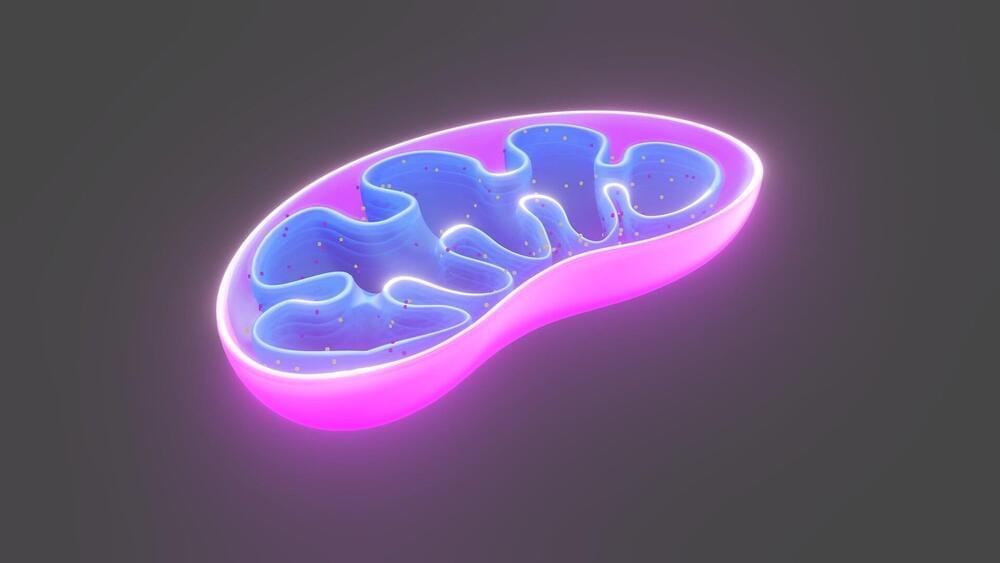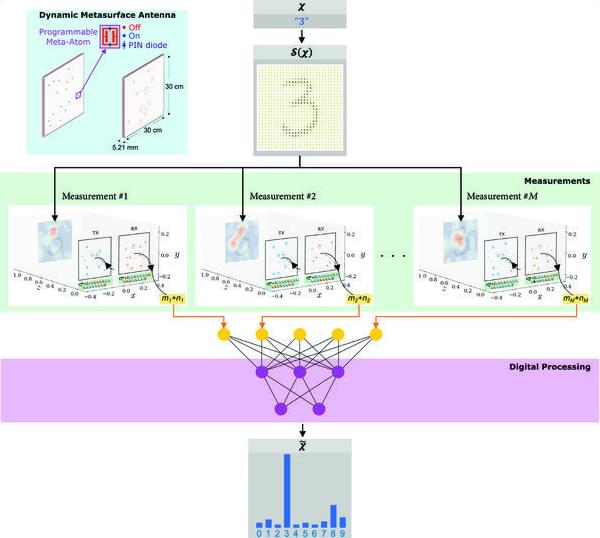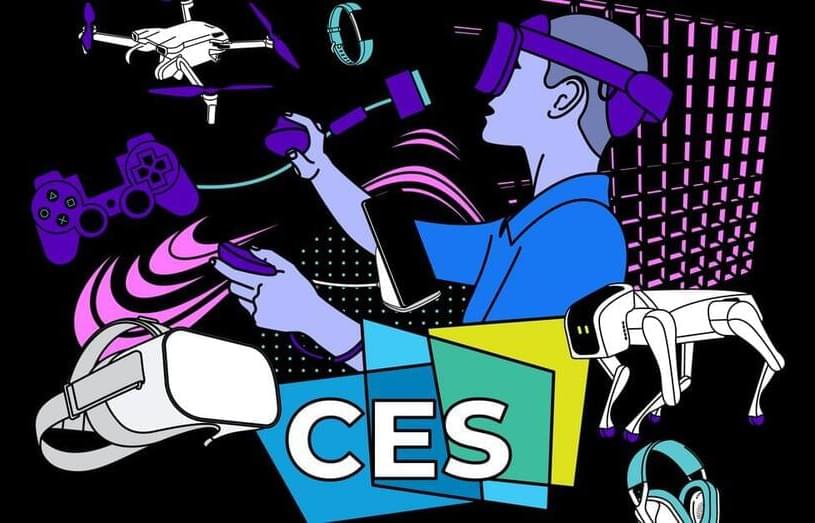New research in the journal Nature Aging takes a page from the field of renewable energy and shows that genetically engineered mitochondria can convert light energy into chemical energy that cells can use, ultimately extending the life of the roundworm C. elegans. While the prospect of sunlight-charged cells in humans is more science fiction than science, the findings shed light on important mechanisms in the aging process.
“We know that mitochondrial dysfunction is a consequence of aging,” said Andrew Wojtovich, Ph.D., associate professor of Anesthesiology and Perioperative Medicine and Pharmacology & Physiology at the University of Rochester Medical Center and senior author of the study.
“This study found that simply boosting metabolism using light-powered mitochondria gave laboratory worms longer, healthier lives. These findings and new research tools will enable us to further study mitochondria and identify new ways to treat age-related diseases and age healthier.”







